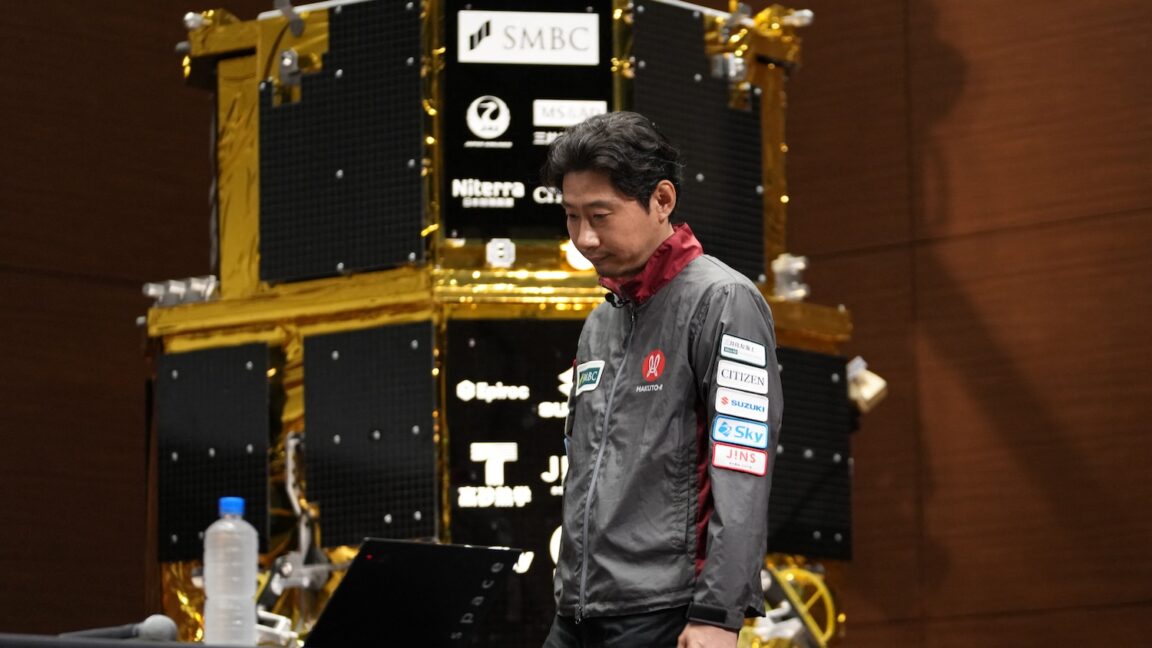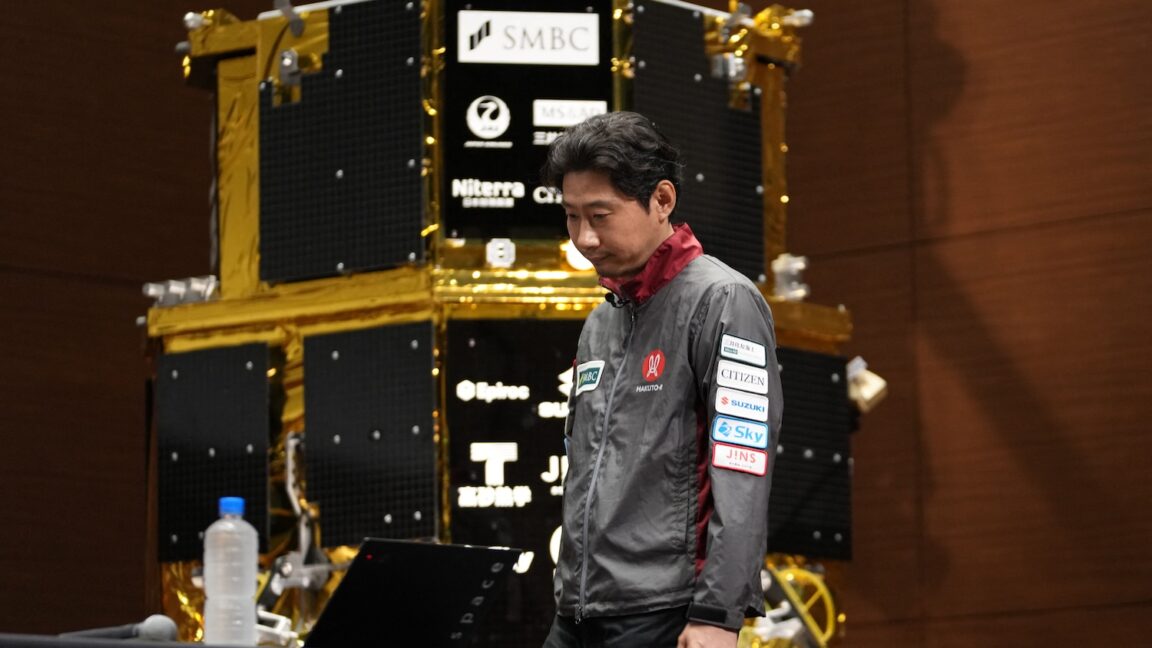A Japanese lander crashed on the Moon after losing track of its location
A Japanese lander crashed on the Moon after losing track of its location

A Japanese lander crashed on the Moon after losing track of its location

Ryo Ujiie, ispace's chief technology officer, said the final data received from the Resilience lander—assuming it was correct—showed it at an altitude of approximately 630 feet (192 meters) and descending too fast for a safe landing. "The deceleration was not enough. That was a fact," Ujiie told reporters in a press conference. "We failed to land, and we have to analyze the reasons."
The company said in a press release that a laser rangefinder used to measure the lander's altitude "experienced delays in obtaining valid measurement values." The downward-facing laser fires light pulses toward the Moon during descent, and clocks the time it takes to receive a reflection. This time delay at light speed tells the lander's guidance system how far it is above the lunar surface. But something went wrong in the altitude measurement system on Thursday.
"As a result, the lander was unable to decelerate sufficiently to reach the required speed for the planned lunar landing," ispace said. "Based on these circumstances, it is currently assumed that the lander likely performed a hard landing on the lunar surface."
